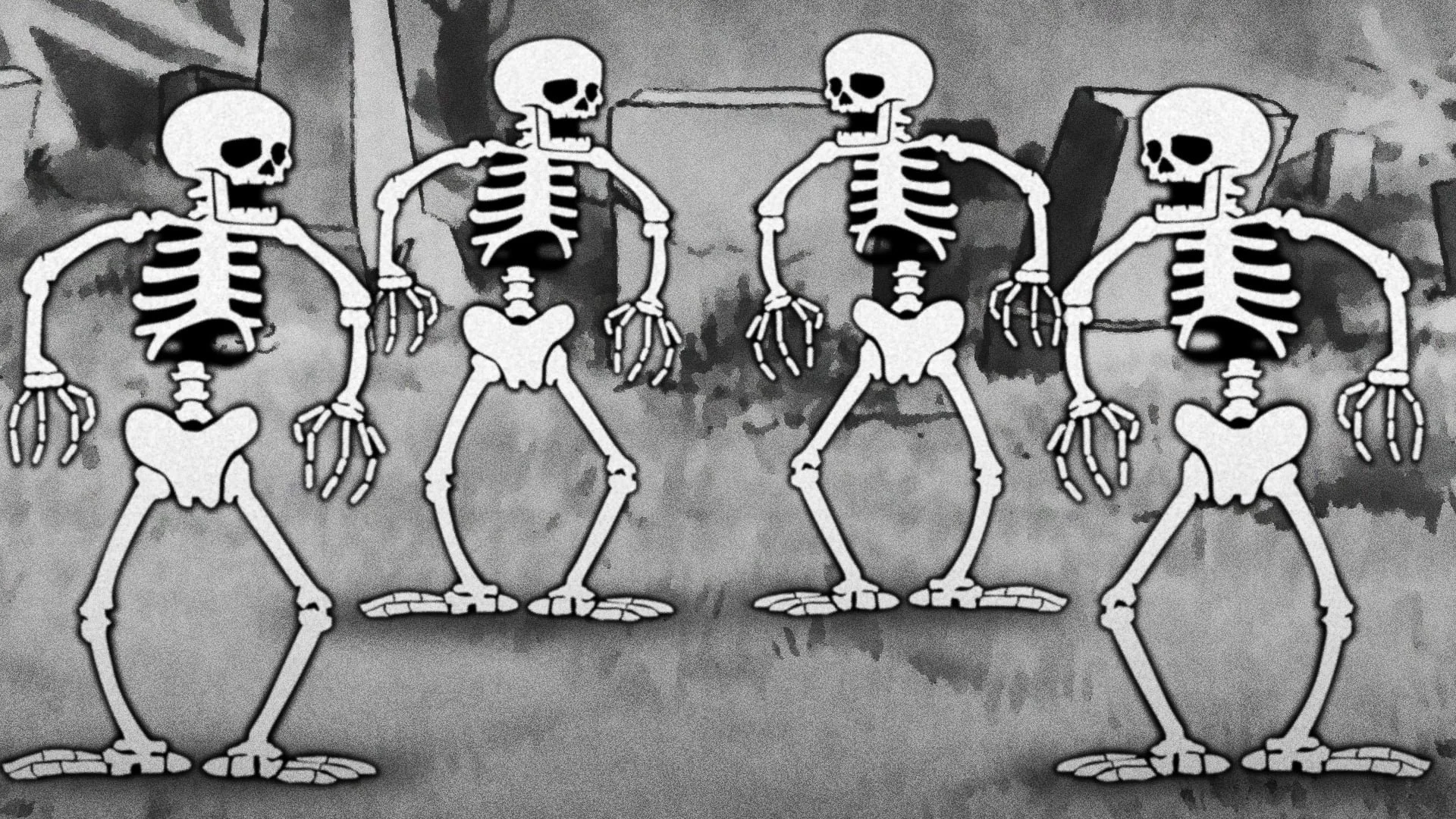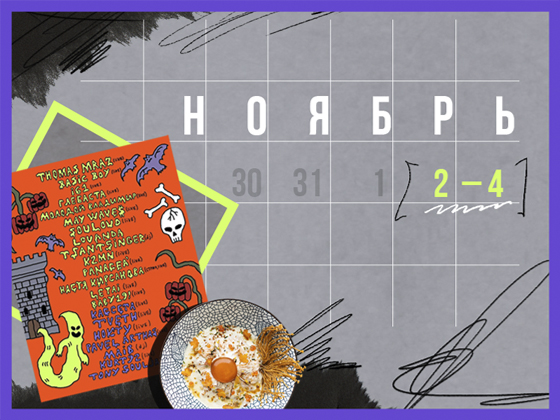
Hasbro and Netflix launched in April Mighty Morphin Power Rangers: Once and Forever. This was a special to celebrate it’s 30th anniversary Power Rangers and it was a blast to watch. The team was kind enough to allow me to interview the production designer, Tracy Collins, on the special. Unfortunately, our schedules didn’t align and so I wasn’t able to ask her questions in real time, but I’m grateful that she was able to answer a few questions via email. I got to ask her a few different things and her answers are insightful for the fans.
Tommy: Tracey, I’m so grateful to ask you about Power Rangers and set design. I was looking into it a bit and saw that you’ve been working as a Power Rangers production designer since Power Rangers Dino Charge. What changes have you seen in the various seasons you’ve worked on? Has the transition from Saban to Hasbro changed a lot for you?
Tracey: Thanks for being interested in doing an interview with me about my production design process for Mighty Morphin Power Rangers – Once & Always.
Judd (Chip) Lynn was the new executive producer of Saban Entertainment, and he came to New Zealand to executive produce a new season of Power Rangers Dino Charge. I was interviewed by him, we immediately hit it off and he hired me. I worked with Chip on three seasons: Dino Charge, Ninja Steel and Beast Morphers. Chip then returned to the US and Simon Bennett, who had previously directed Ninja Steel and Beast Morphers, became the new executive producer on Dino Fury. I had also worked with Simon on other television productions and plays, so the transition was very easy for us. We already had a strong visual language working together and a great collaborative process between us.
Hasbro was wholeheartedly on board from my point of view for Dino Fury and was very encouraging of the higher production values for the production designs, set designs and props. They were interested in comic moments in the story that became more integrated into the overall story.
Tommy: When it came to Mighty Morphin Power Rangers: Once & Always, what was the biggest challenge you and your team faced? Was there something you saw in the script and wondered, “how the heck are we supposed to do this”?
Tracey: Once & Always was different for me in that it was a reimagining of the original Mighty Morphin Power Rangers. The other Power Rangers projects I worked on were all original new seasons with new casts every season and had new stories, locations and sets to design. So yeah, I was pretty nervous about how to approach the design of Mighty Morphin Power Rangers: Once & Always. Probably the biggest challenge was a later addition to the script. The sets were mostly built, and then they added the Radbug to become Radbug 2. By some miracle, we were able to quickly find an old Beetle. It was a convertible, but we liked it. I wanted to honor the original by adding custom looking gadgets to the surface of the car, but I also wanted it to look good in the contemporary time we live in. elements to make it more Billy Cranston, like the wood grain, some big speakers, and a speed stripe down the side of the car.
Tommy: What was the only moment/object/etc. for Once & Always which sounded like the biggest “nailed!” moment for you on the production?
Tracey: The Neon Juice Bar sign in the Amber Beach Gym & Juice Bar. We had an identical neon sign made, as it was important to me as a timeless and well known design element. We had changed the scale of the set but used design shapes and color tones in our palette. Overall, the look of the set was quite similar and the neon Juice Bar nailed the timelessness of the set design for me.
Tommy: What was your approach to taking something old and loved like Mighty Morphin Power Rangers and making sure it fits and is modernized?
Tracey: I looked closely at the shapes and layouts of the original sets and took in elements or shapes that I thought identified those spaces. For example, the Ranger Base set of circular shapes. I really liked this circular shape; it seemed universal to me, so I enhanced this circular shape of the set by adding some universal circular window panels with “universe graphics” and put lots of LED light strips into the components of the set. With a black, metallic, and high-gloss paint finish and built-in lighting, the set looks sophisticated, more hi-tech, sci-fi, and contemporary. Another example is Robo Rita’s Moon Palace. I really liked the astrological elements of the set and some of the structural shapes and pillars. I developed and revised them, added a textural lunar surface all over the set and expanded the set shape and astrological motifs, while also integrating LED light units to create a darker more sculptural feel and atmosphere.
Tommy: What is it about Once & Always that people might not realize was your doing?
Tracey: We built the Dino Megazord Cockpit. I’ve read that some people think it’s VFX, but we actually built it. The big fight was built by VFX.
Tommy: I have to ask. Rita shrinks the Rangers from various teams and has them power her car. Are those Lightning Collection figures or did your teams make all the new figures for them?
Tracey: We did some of the hero character figures, and some of the less filmed or heroic figurines were figures from the Lightening collection. We made the snakes that bind the miniature Ranger figurines.
Tommy: We mentioned briefly that you did a lot of work on Power Rangers. What excites you about working on the property? What was one of your favorite moments throughout your work on Power Rangers?
Tracey: I was excited to be able to design and reimagine the original world of Mighty Morphin Power Rangers: its sets, characters and some props. Through careful research and analysis of aspects of the original production design, we have been able to strategically balance our design ideas to honor the original production while enhancing production values for our contemporary audiences. I really wanted the original audience to enjoy our new production, as well as any new audience to the show. One of my favorite moments that I can think of is in all of our seasons: when our sets have been built, the cast has rehearsed, and we’re about to start filming. We take our hero’s cast through the sets for a show and tell, and they’re very excited about the “new worlds” to inhabit. Their characters take possession of the new sets. The first day of shooting is very exciting, when all the lights are in place, and it’s the beginning of a new experience for all of us.
Tommy: When it comes to set design in general, what’s your favorite part?
Tracey: I love the whole process, from the very beginning of pre-prep and concept to the last day of shooting. I always enjoy it once we have some concept designs and mood references for the worlds we’re building, when we’re drawing plans and we’re about to start building. Our build and props crew gets underway and we start the build. Everything we have designed starts to come to life and this process continues.
Tommy: Thanks so much for your time and responses. Is there anything coming that people should check out of you?
Tracey: Thanks for your thoughtful questions. I’m very excited about some of the scenery we’ve created for Power Rangers Cosmic Fury, which will be showing on Netflix later this year. It’s the last production I’ve designed and, personally, I think it’s my best in the sense of new and exciting design challenges.
by Tommy Williams
Source: Geek Tyrant
Lloyd Grunewald is an author at “The Fashion Vibes”. He is a talented writer who focuses on bringing the latest entertainment-related news to his readers. With a deep understanding of the entertainment industry and a passion for writing, Lloyd delivers engaging articles that keep his readers informed and entertained.




